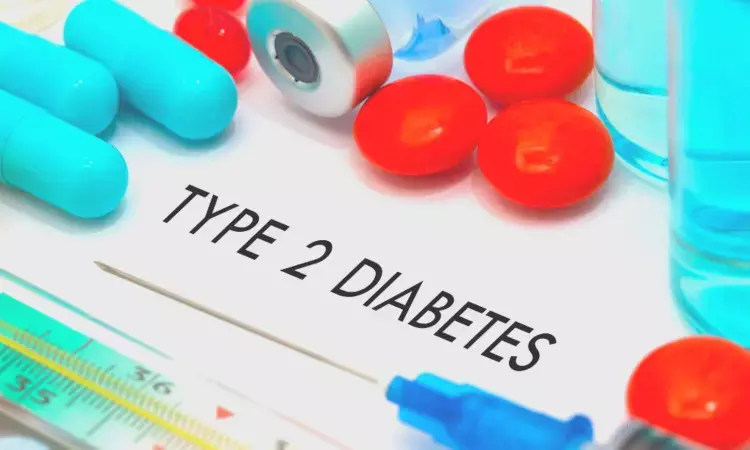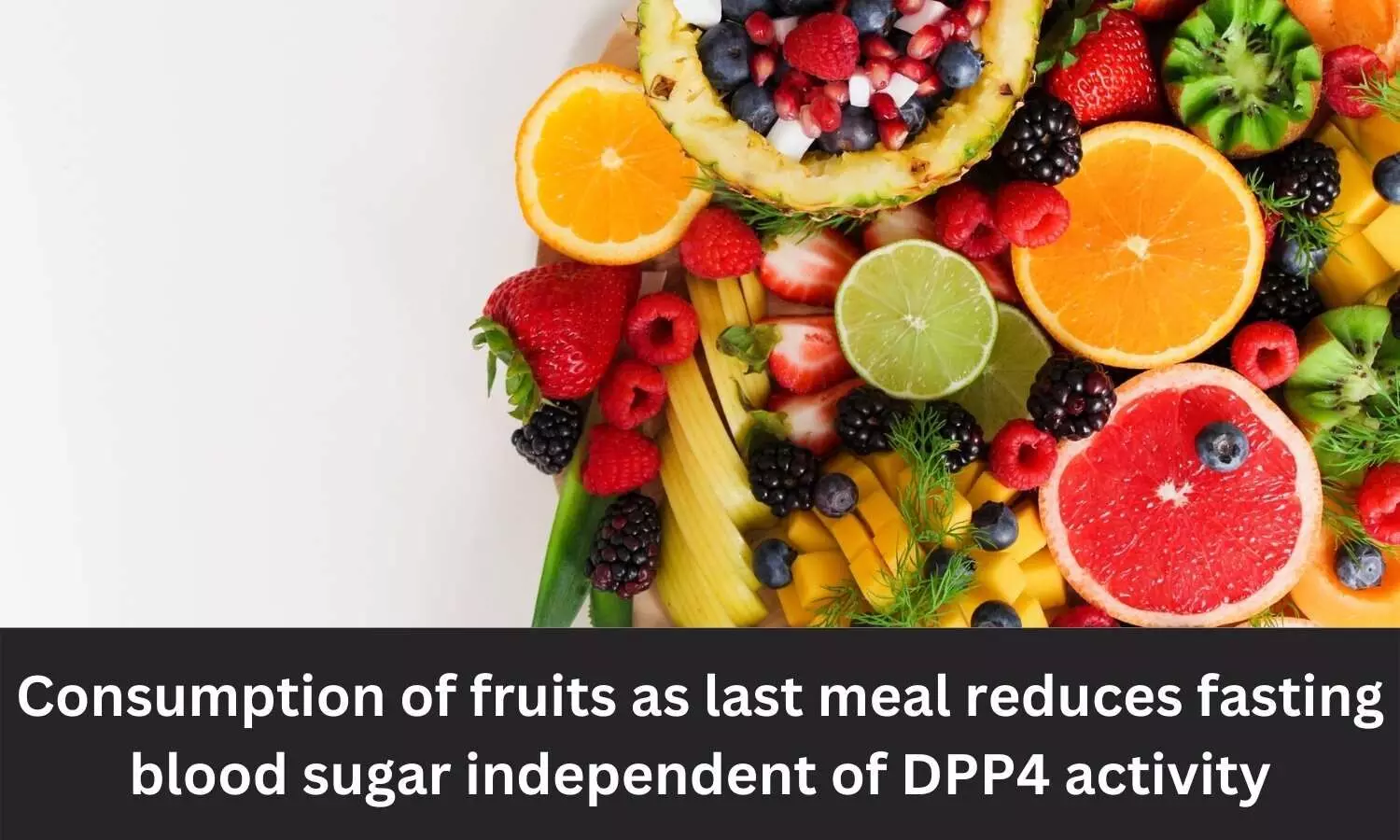- Home
- Medical news & Guidelines
- Anesthesiology
- Cardiology and CTVS
- Critical Care
- Dentistry
- Dermatology
- Diabetes and Endocrinology
- ENT
- Gastroenterology
- Medicine
- Nephrology
- Neurology
- Obstretics-Gynaecology
- Oncology
- Ophthalmology
- Orthopaedics
- Pediatrics-Neonatology
- Psychiatry
- Pulmonology
- Radiology
- Surgery
- Urology
- Laboratory Medicine
- Diet
- Nursing
- Paramedical
- Physiotherapy
- Health news
- Fact Check
- Bone Health Fact Check
- Brain Health Fact Check
- Cancer Related Fact Check
- Child Care Fact Check
- Dental and oral health fact check
- Diabetes and metabolic health fact check
- Diet and Nutrition Fact Check
- Eye and ENT Care Fact Check
- Fitness fact check
- Gut health fact check
- Heart health fact check
- Kidney health fact check
- Medical education fact check
- Men's health fact check
- Respiratory fact check
- Skin and hair care fact check
- Vaccine and Immunization fact check
- Women's health fact check
- AYUSH
- State News
- Andaman and Nicobar Islands
- Andhra Pradesh
- Arunachal Pradesh
- Assam
- Bihar
- Chandigarh
- Chattisgarh
- Dadra and Nagar Haveli
- Daman and Diu
- Delhi
- Goa
- Gujarat
- Haryana
- Himachal Pradesh
- Jammu & Kashmir
- Jharkhand
- Karnataka
- Kerala
- Ladakh
- Lakshadweep
- Madhya Pradesh
- Maharashtra
- Manipur
- Meghalaya
- Mizoram
- Nagaland
- Odisha
- Puducherry
- Punjab
- Rajasthan
- Sikkim
- Tamil Nadu
- Telangana
- Tripura
- Uttar Pradesh
- Uttrakhand
- West Bengal
- Medical Education
- Industry
Safety concerns for Sulphonylureas- may increase all cause mortality

A recent study found that sulphonylureas have a safety concern when compared to alternate drugs but there may be differences within the drug class. They also found that out of all drugs, glimepiride has the best safety. The study was published in the journal BMC Endocrinology Disorders.
There is still discord on the safety of sulfonylurea drugs in the treatment of Type 2 Diabetes. Hence researchers conducted a Systematic review and meta-analysis of randomized controlled trials to compare the all-cause mortality and cardiovascular adverse events of sulfonylureas and drugs with a low risk for hypoglycemia in adults with type 2 diabetes using keywords from databases like MEDLINE (PubMed, OVID), Embase, Cochrane Central Register of Controlled Trials, CINAHL, WOS, and Lilacs.
The study included randomized controlled head-to-head trials published up to August 2015. They included trials that compared sulfonylureas with active control in adults who are ≥ 18 years old with low hypoglycaemic potential and with type 2 diabetes. Metformin, dipeptidyl peptidase-4 (DPP-4) inhibitors, sodium-glucose co-transporter-2 (SGLT-2) inhibitors, and glucagon-like peptide-1 (GLP-1) receptor agonists were the drug classes taken in the analysis. All-cause mortality was the primary endpoint. MACE, cardiovascular events, and severe hypoglycemia were the secondary endpoints.
The eligibility of the study was checked by two reviewers, data were extracted independently, and quality was assessed with any disagreements resolved through discussion. The risk of bias in the included studies was assessed using the Cochrane risk of bias tool for randomized trials v2. Pooled odds ratios (ORs) were estimated by using the fixed effects model.
Results:
- There were 31 studies in the final analysis with 26,204 patients. out of which 11,711 patients were given sulfonylureas and 14,493 were given comparator drugs.
- Sulfonylureas had higher odds for all-cause mortality, MACE, myocardial infarction (fatal and non-fatal), and hypoglycemia in comparison to drugs with low hypoglycaemic potential.
- Subsequent sensitivity analysis revealed differences in the effect of sulfonylureas, with an increased risk of all-cause mortality with glipizide but not the other molecules.
The present meta-analysis raises concerns about the safety of SUs compared to alternative drugs involved in the current analysis.
Further reading: Volke V, Katus U, Johannson A, et al. Systematic review and meta-analysis of head-to-head trials comparing sulfonylureas and low hypoglycaemic risk antidiabetic drugs. BMC Endocr Disord. 2022;22(1):251. Published 2022 Oct 19. doi:10.1186/s12902-022-01158-5
BDS, MDS
Dr.Niharika Harsha B (BDS,MDS) completed her BDS from Govt Dental College, Hyderabad and MDS from Dr.NTR University of health sciences(Now Kaloji Rao University). She has 4 years of private dental practice and worked for 2 years as Consultant Oral Radiologist at a Dental Imaging Centre in Hyderabad. She worked as Research Assistant and scientific writer in the development of Oral Anti cancer screening device with her seniors. She has a deep intriguing wish in writing highly engaging, captivating and informative medical content for a wider audience. She can be contacted at editorial@medicaldialogues.in.
Dr Kamal Kant Kohli-MBBS, DTCD- a chest specialist with more than 30 years of practice and a flair for writing clinical articles, Dr Kamal Kant Kohli joined Medical Dialogues as a Chief Editor of Medical News. Besides writing articles, as an editor, he proofreads and verifies all the medical content published on Medical Dialogues including those coming from journals, studies,medical conferences,guidelines etc. Email: drkohli@medicaldialogues.in. Contact no. 011-43720751




